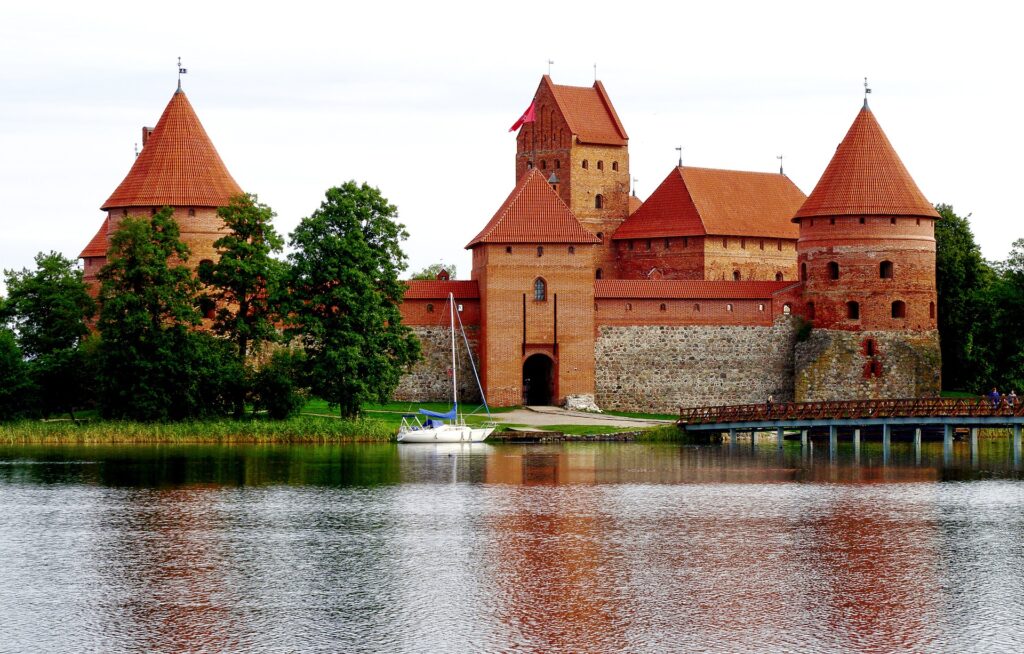Lithuania, a Baltic gem that bridges the gap between East and West, invites travelers to immerse themselves in a land of historical heritage, vibrant culture, and picturesque landscapes. From the medieval charm of Vilnius to the pristine shores of the Curonian Spit, Lithuania offers a diverse range of experiences that captivate the curious traveler. In this comprehensive guide, we provide essential information to help you uncover the enchanting wonders that make Lithuania a captivating and unique destination.

Vilnius: The Baroque Beauty: The capital city, Vilnius, boasts a UNESCO-listed Old Town with splendid Baroque architecture. Explore Gediminas’ Tower, visit the bohemian neighborhood of Užupis, and admire the artistic flair that permeates the city.
Trakai: A Fairytale Castle on the Lake: Trakai is famous for its 14th-century island castle and serene lakes. Explore the historical Trakai Island Castle, take a boat ride on Lake Galvė, and savor traditional Karaites dishes.
Curonian Spit’s Natural Splendor: The Curonian Spit is a UNESCO World Heritage Site known for its stunning sand dunes and unique ecosystems. Discover Nida’s artistic community, explore the Parnidis Dune, and enjoy the tranquility of the Baltic Sea.
Cultural Revival and Artisan Traditions: Lithuania’s cultural heritage is celebrated through festivals, music, and crafts. Engage with local artisans, attend traditional events, and immerse yourself in the country’s living traditions.
Amber Capital and Craftsmanship: Lithuania is famous for its amber. Explore the Amber Gallery-Museum in Palanga and learn about the amber extraction and crafting process.
Gastronomic Pleasures: From Cepelinai to Cold Borscht: Lithuanian cuisine is a blend of hearty flavors. Try “cepelinai” (potato dumplings), “kibinai” (savory pastries), and the refreshing cold beet soup called “šaltibarščiai.”
Etiquette and Greetings: Lithuanians appreciate politeness and sincerity. Greet with a handshake and maintain direct eye contact. Tipping is customary, typically rounding up the bill or leaving a 10% tip.
Language and Currency: The official language is Lithuanian. English is widely spoken in tourist areas. The currency is the Euro (EUR).
Practical Tips:
- Time Zone: Eastern European Time (EET, UTC+2)
- Lithuania is known for its safety and friendly locals, creating a welcoming atmosphere for travelers.
Conclusion: Lithuania, with its blend of history, nature, and cultural riches, offers an intimate journey through a land where the past seamlessly meets the present. Whether you’re wandering through medieval towns, exploring natural wonders, or immersing yourself in living traditions, Lithuania promises an unforgettable experience. Embrace the diversity, the artistic flair, and the authentic warmth that define this Baltic treasure, and embark on a journey that captures the essence and heart of Lithuania’s distinctive character.